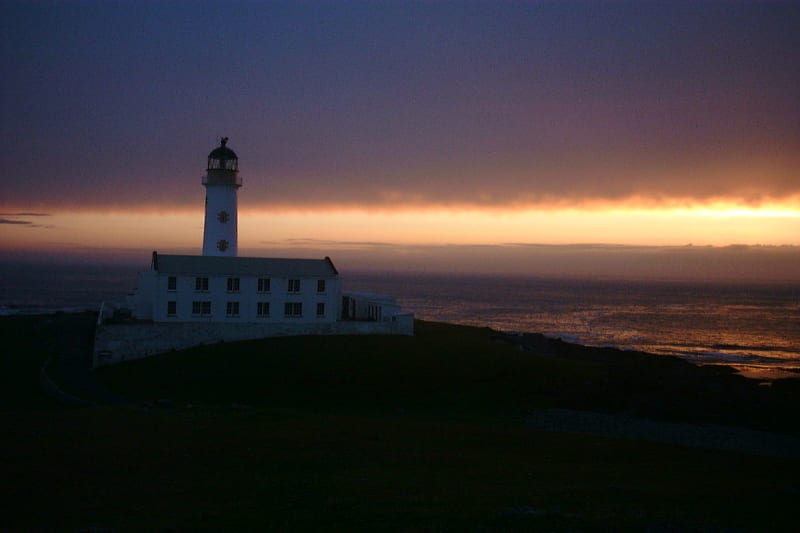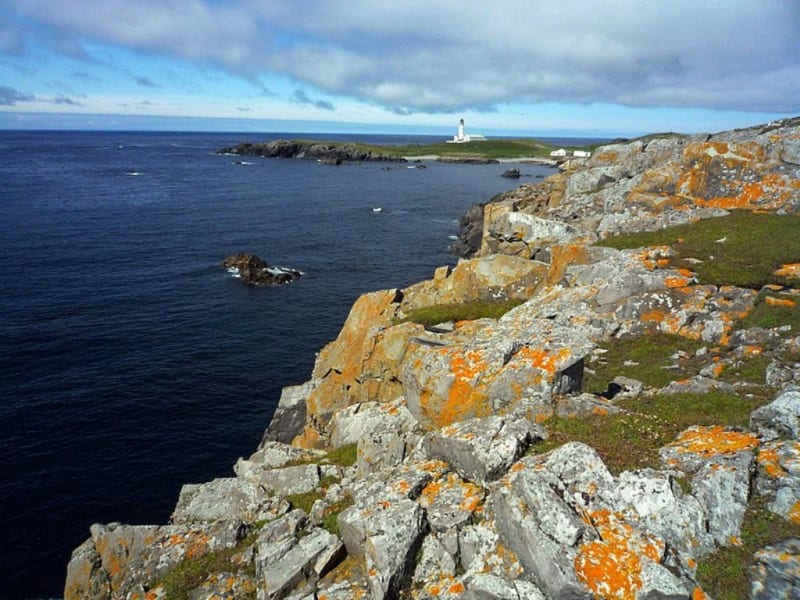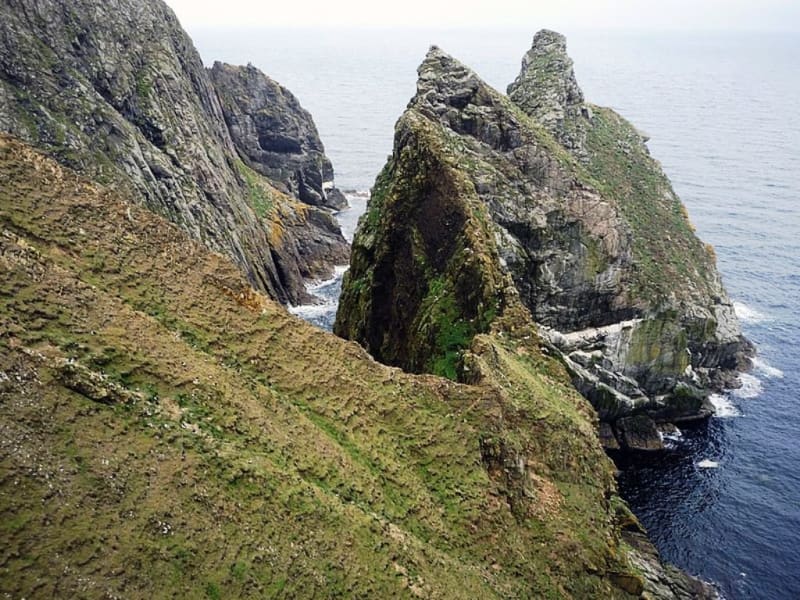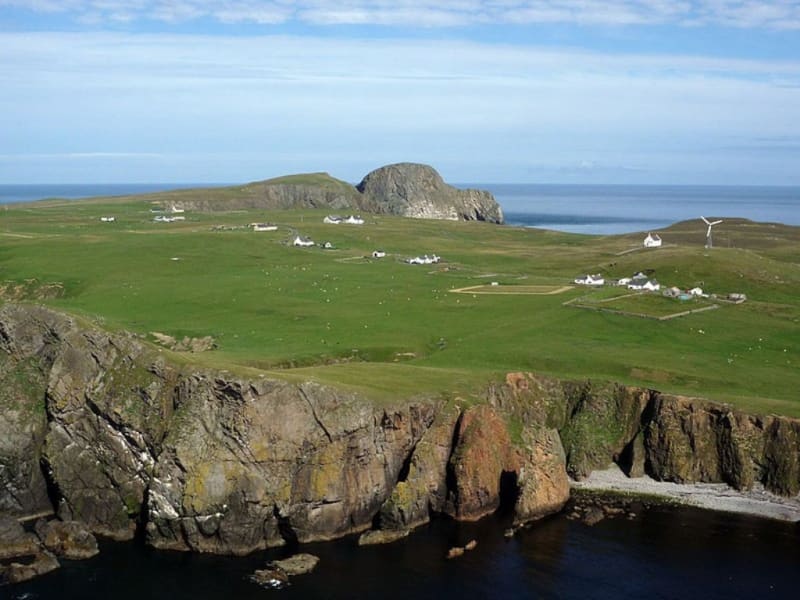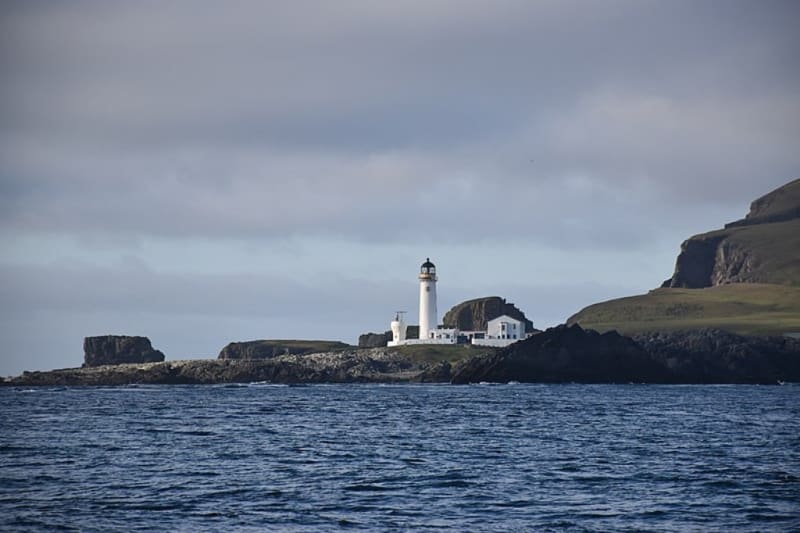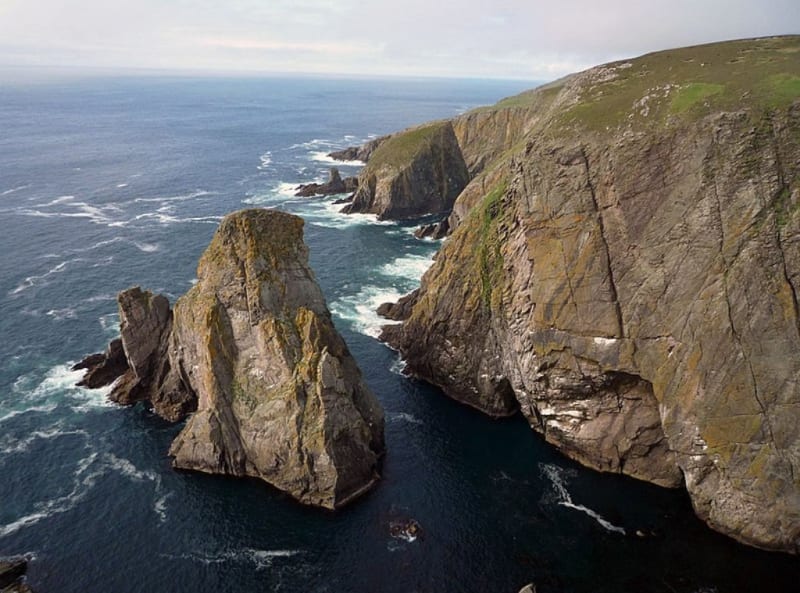Fair Isle
Fair Isle is famous for its unique bird species, rare plants, and historic shipwrecks. It is located between the Shetland and Orkney Islands, the land is protected by the National Trust of Scotland. Fair Isle is the southernmost of the archipelago, located 38 kilometers from the mainland of the Shetland Islands and 43 kilometers from North Ronaldsay, the northernmost of the Orkney Islands.
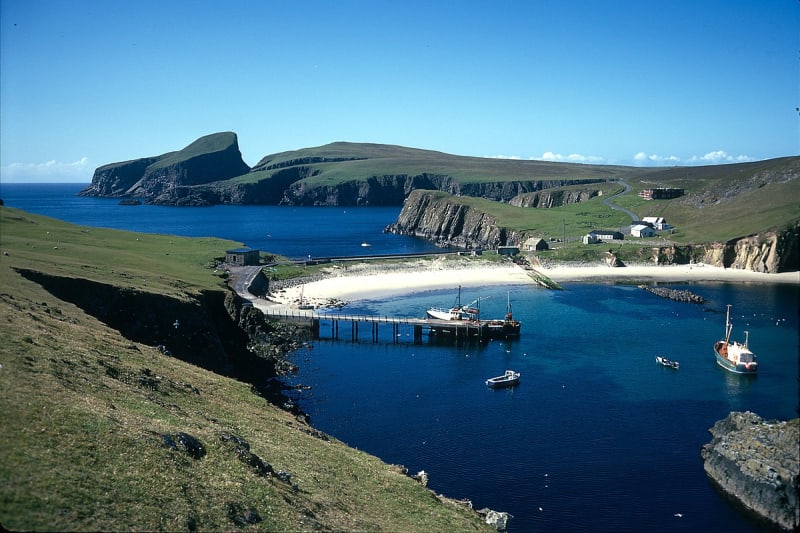
Transshipment point
Scandinavian settlers named Fair Isle - "island of peace", land in the sea was vital in times of war. The Earls of Orkney and the Vikings before them used it as an observation post and to send signals and provisions to the Shetland Islands and back. The land became the property of the National Trust of Scotland in 1954. Today, it is home to about 60 people, and it is a hotspot for ornithologists due to its importance as a breeding ground for seabirds and a stopover for migratory species.
Land purchase
George Waterston, the Scottish director of the Bird Conservation Community, has greatly influenced the island's history. After the war, he bought it out and took over the post of director of the ornithological observatory in 1948, after which the region's economy began to improve. The museum named after him is full of exhibits telling about the history of Fair Isle Island from ancient times to the present.
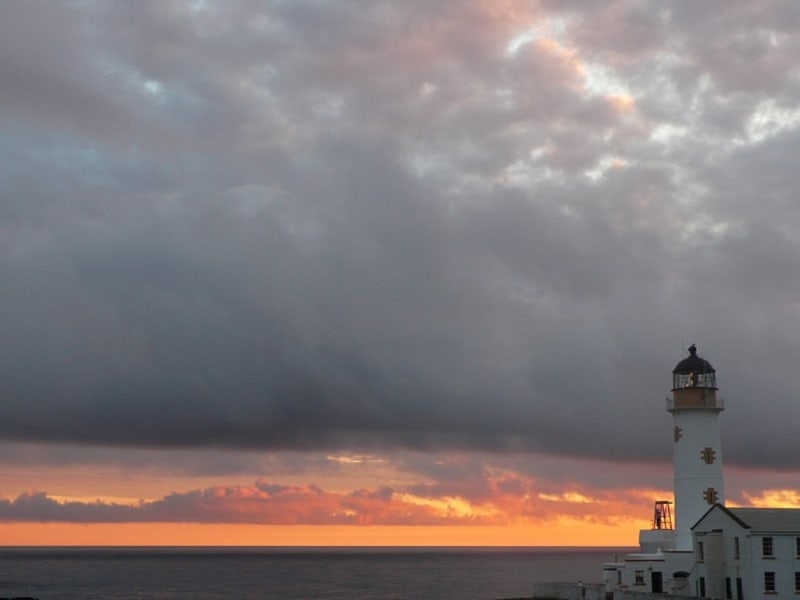
Fair Isle Observatory
For more than 55 years, the world-renowned Fair Isle Bird Observatory has been conducting scientific research on bird migration and breeding colonies of seabirds. Visitors to the island, even if they are not avid ornithologists, find the observatory's work fascinating. Unfortunately, the Observatory burned down in 2019, and funds are currently being raised for its restoration. Meanwhile, from May to the end of October, visitors are offered a free ranger service.
Written Beauty
The writer Anne Cleeves, known for writing the books on which the BBC series "Shetland Islands" is based, as well as the crime series "Vera", came here for the first time to work as a cook's assistant in Fair Isle. She fell in love with the Shetland Islands, although Ann no longer lives here, she loves this place very much for its flora. After all, there are more than 250 flowering plants growing here, including rare species such as oyster, viper's tongue, moonbird and frog orchid.
